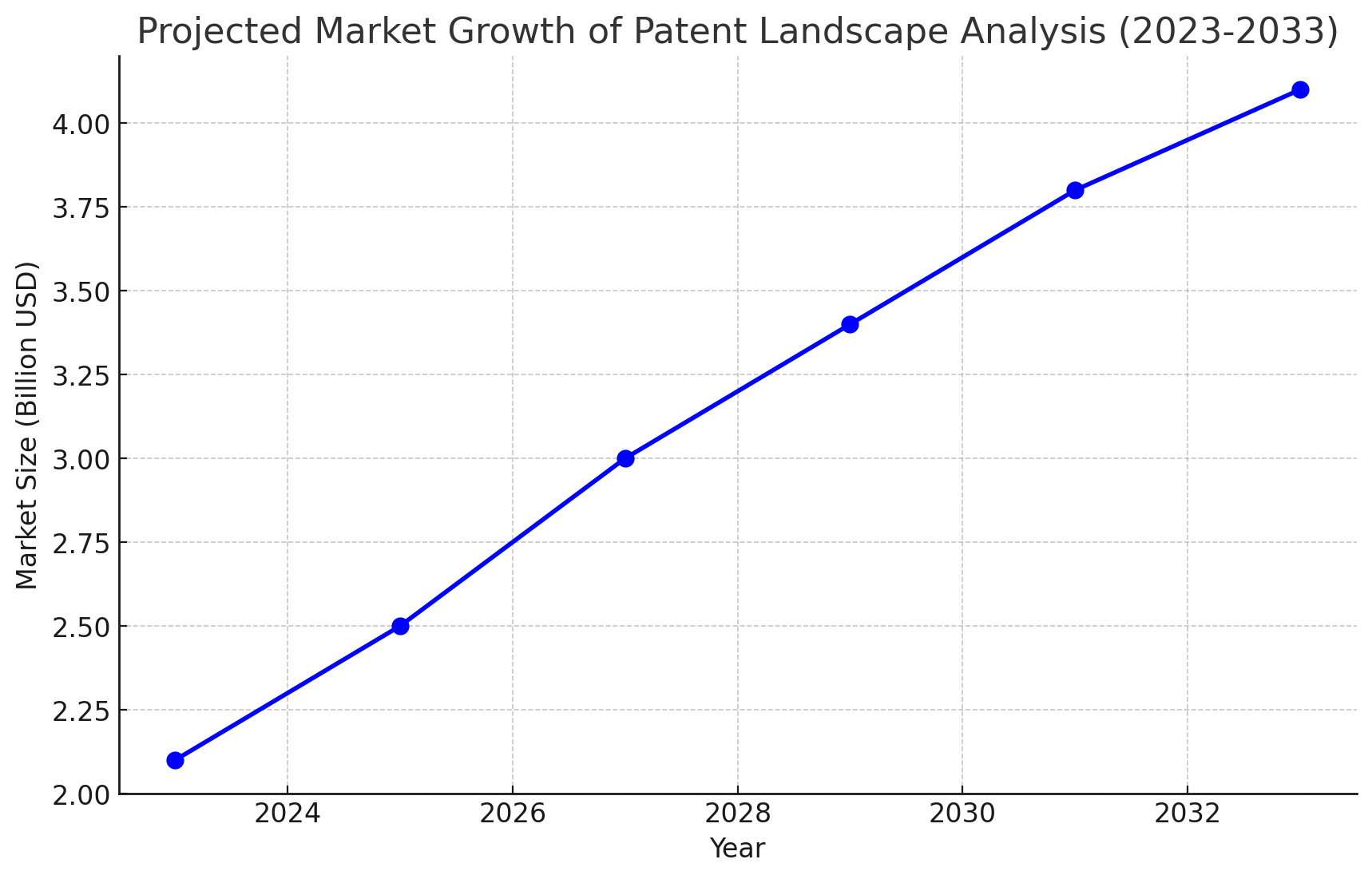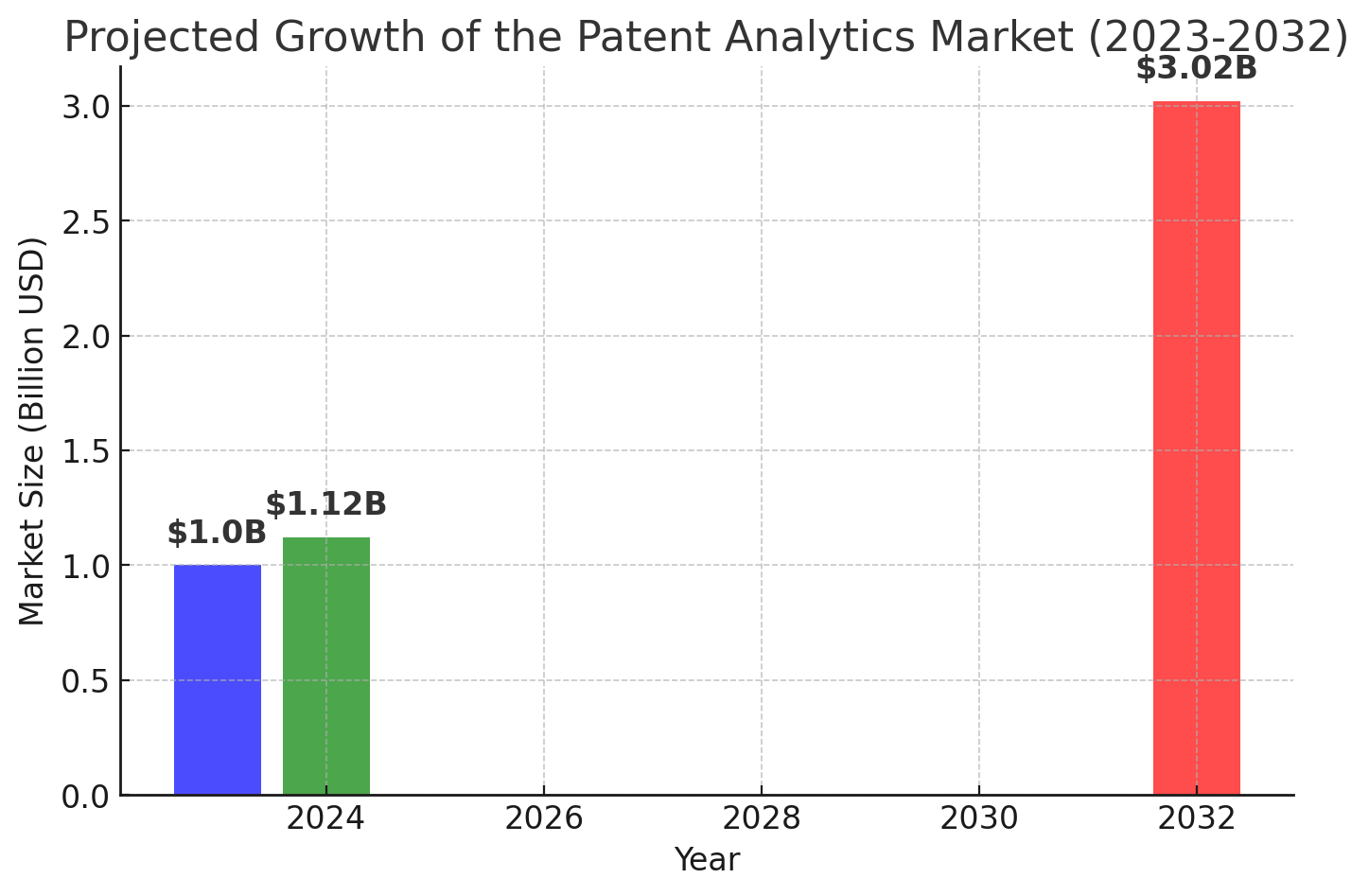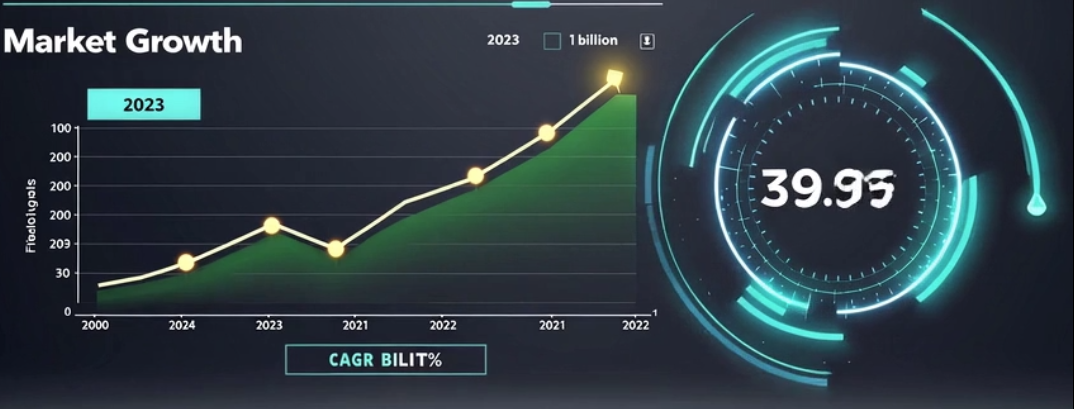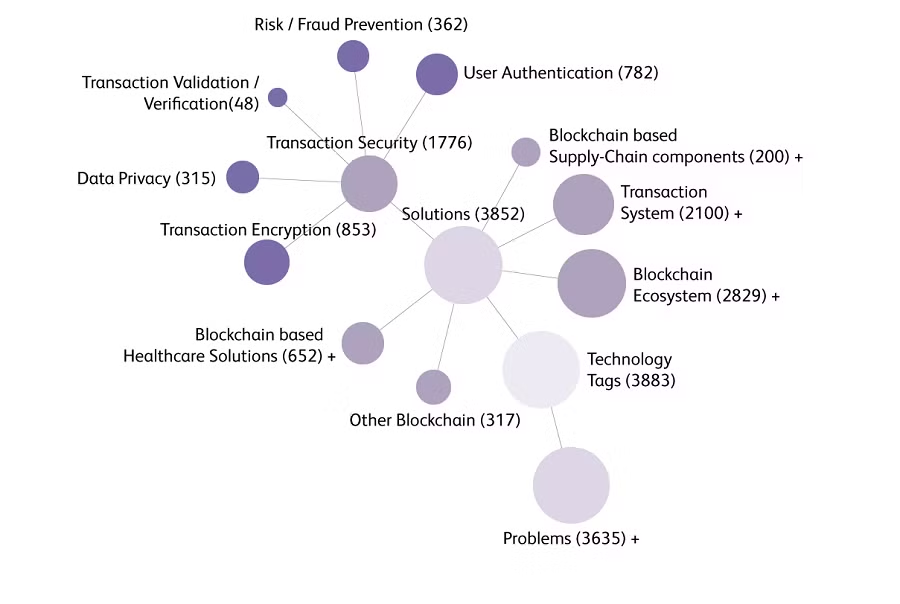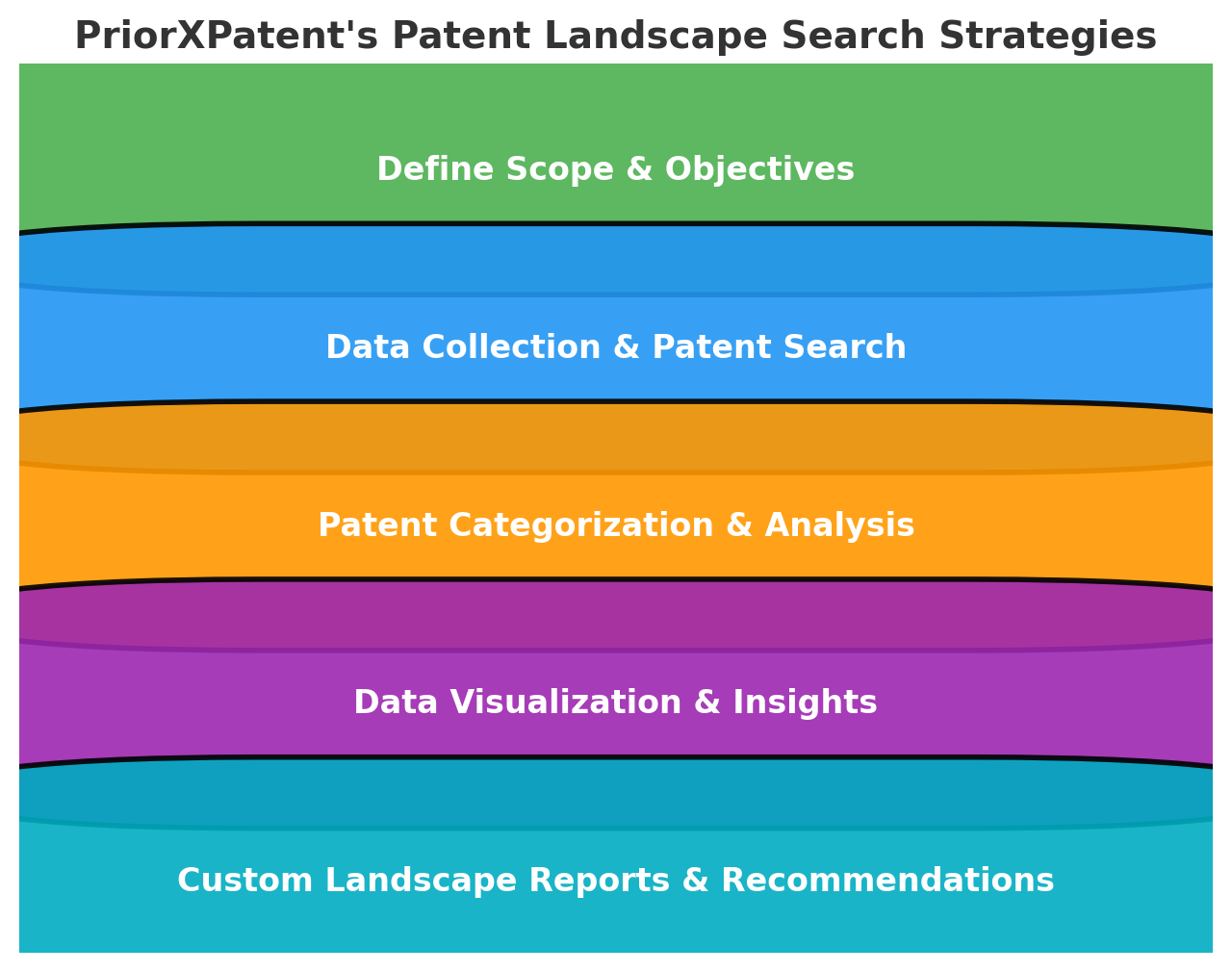
Advantages of Patent Landscape Analysis
1: Strategic R&D Planning
✅ Helps identify gaps in existing technology where innovation can thrive.
✅ Provides insights into emerging trends, guiding future research and development (R&D) investments.
📌 Example: A biotech company conducting a patent landscape in gene-editing technologies can discover underdeveloped areas where they can innovate without infringement risks.
2: Competitive Intelligence & Market Positioning
✅ Analyzes competitor patent filings to understand their technological focus and strengths.
✅ Helps businesses track patent activity from industry leaders to stay ahead of market shifts.
📌 Example: An electric vehicle startup can analyze Tesla, Toyota, and Rivian’s patent trends to predict where the industry is heading.
3: Risk Mitigation & Freedom to Operate (FTO)
✅ Reduces the risk of patent infringement lawsuits by identifying blocking patents.
✅ Helps companies design around existing patents to avoid legal conflicts.
📌 Example: A smartwatch manufacturer can perform a landscape search on health-monitoring patents to avoid infringing on Apple or Fitbit’s technologies.
4: Investment & Licensing Opportunities
✅ Assists investors in evaluating the strength of a company’s patent portfolio before investing.
✅ Identifies expired patents or technologies available for licensing or acquisition.
📌 Example: A venture capitalist looking to invest in AI-driven medical diagnostics can analyze the patent landscape to validate innovation potential.
5: Geographical Expansion & Global IP Strategy
✅ Determines which countries have strong patent protections in a specific field./p>
✅ Helps businesses prioritize international patent filings based on innovation density.
📌 Example: A blockchain startup can analyze where fintech patents are strong (e.g., U.S. and Europe) vs. weak (e.g., developing markets) to choose their expansion strategy.

